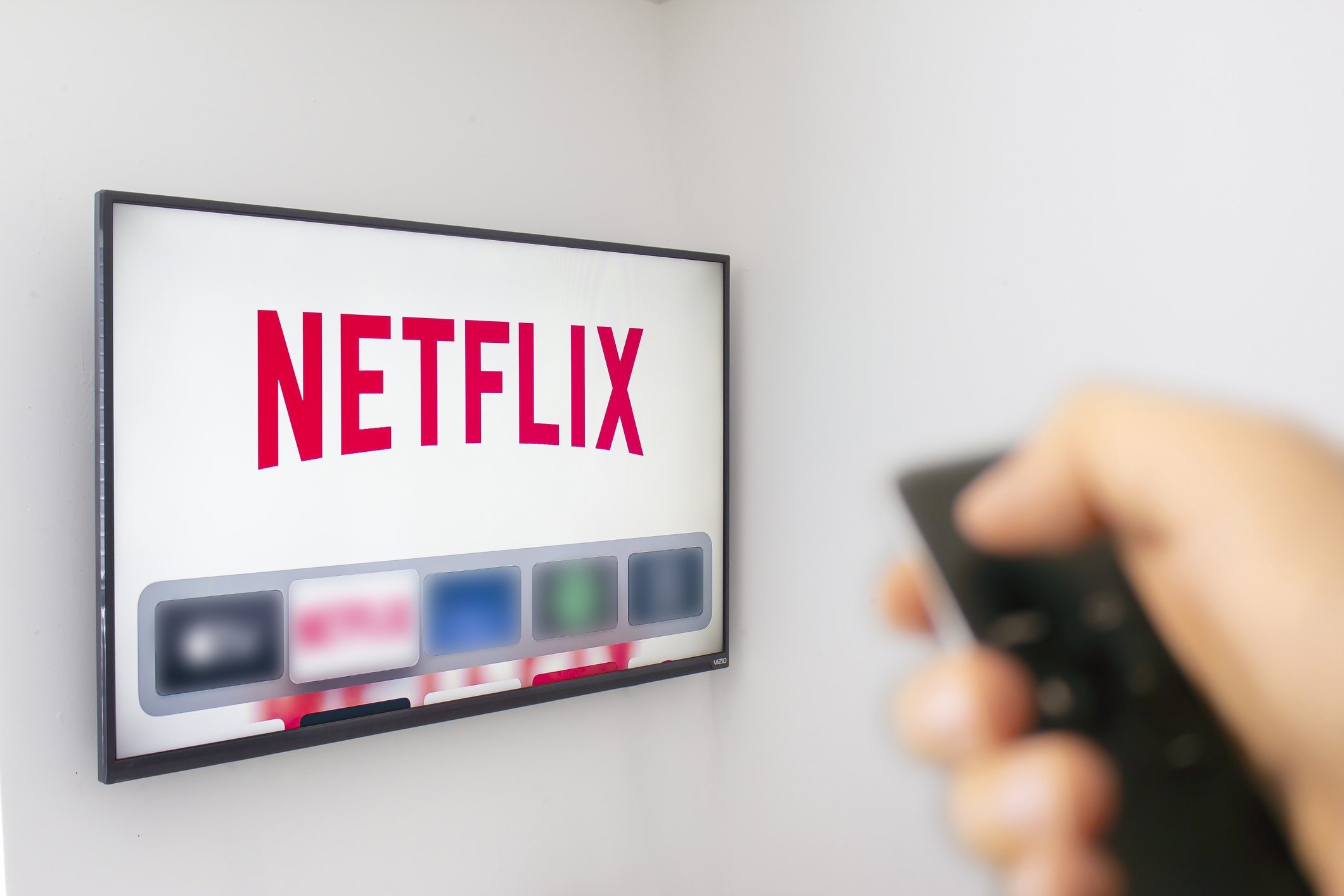IMedia: Media Planning And Buying
Check out co-founder Patrick Shea’s authored cameo on iMedia! More insight into ad-blocking from AdDaptive’s perspective:
2 Answers to the Ad-Blocking Conundrum
The increased use of ad blockers among consumers has created significant friction in the digital advertising industry. Some people are blaming ad-tech, certain publishers, and of course aggressive advertisers. While that is an interesting discussion, at this point the causes are not really relevant. Instead of placing blame, we should focus on the tangible things that we can actually do to balance the need for consumer expectations and advertiser needs.
We need to make a distinction between interruptive, which all advertising is and should be, and disruptive, which ruins an experience to the point where a user will install software to stop it; even when it takes up precious storage on a smart phone.
All communications mediums eventually evolve their advertising approaches, and digital is no different. The key difference for digital compared to the past is that instead of seeking alternate content with a more acceptable advertising format, users are able to install software to eliminate the advertising experience altogether, withdrawing their eyeballs from all content providers at once.
It’s that difference — the near-permanent and universal loss of the ability to monetize a user across nearly the entire industry — that changes the stakes for digital advertising compared to past channels. That shared responsibility provides the opportunity and impetus for cooperation among its stakeholders.
There are numerous factors at play here: certain tactics work better for large publishers than small, some players have other businesses like ecommerce to consider, some have subscription revenue, others have offline brands to protect, and we have to consider the extortive business model employed by some ad blockers, among other facets. It’s a complex issue, but here are two things we can work on in 2016 to move towards a palatable solution for everyone.
Industry cooperation and standards
The innovation in targeted, engaging, and interruptive but relevant ads in the mobile space is promising and ongoing, but mirrored by equally disruptive and frustrating placements and formats as well. It’s the latter that we need to work together on to fix. Collaboratively we’ve made great strides as an industry on important issues like privacy, and we need to treat ad formats and the resulting user experience equally seriously. Let’s gather and share research, and issue guidelines to stakeholders accordingly. Do 30-second pre-rolls on mobile have a bigger impact than ads that takeover the entire screen? What about sponsored-post placements? Do things like polite notifications work? Can we limit content for ad blocking users? I think a lot of players in the space are doing this individually, but there’s a lot at stake here. If we can standardize the experience to some degree at an acceptable level, then we’re in a better position for our second strategy.
User education and choice
It’s a common refrain (one I’ve made myself) to bemoan the users who want something for nothing: access to great content without having to pay for it, directly or via advertising. There’s merit to that point, but regardless of how we got here, we can only decide what we do from here to improve the situation. Consumers should have the choice to determine how they compensate content creators for the privilege of consuming their content, but we should also work towards ensuring there’s a value exchange in every case. We may not know what that looks like right now, but consumers are already making choices on their own — and they’re choosing ad blocking in increasing numbers. If we can structure their choices in a way that gives them freedom to customize their own experience, while also returning value for content creators, then we’ll be working toward an internet that’s better for everyone — marketers, tech, pubs, and consumers alike.
Users are ultimately going to follow the path of least resistance to content. As an industry we need to have a better understanding of the impact our marketing choices will make, share that data, and then provide consumers with the flexibility and choice they demand for their media experience. Content creators should be compensated for their work, as should the players adding value in the middle. We’re in the midst of trying to monetize the fastest-growing communication medium in the history of the world; if we didn’t have some growing pains that would just mean we haven’t been trying hard enough. This is normal, we just need to figure it out, and do it together.








